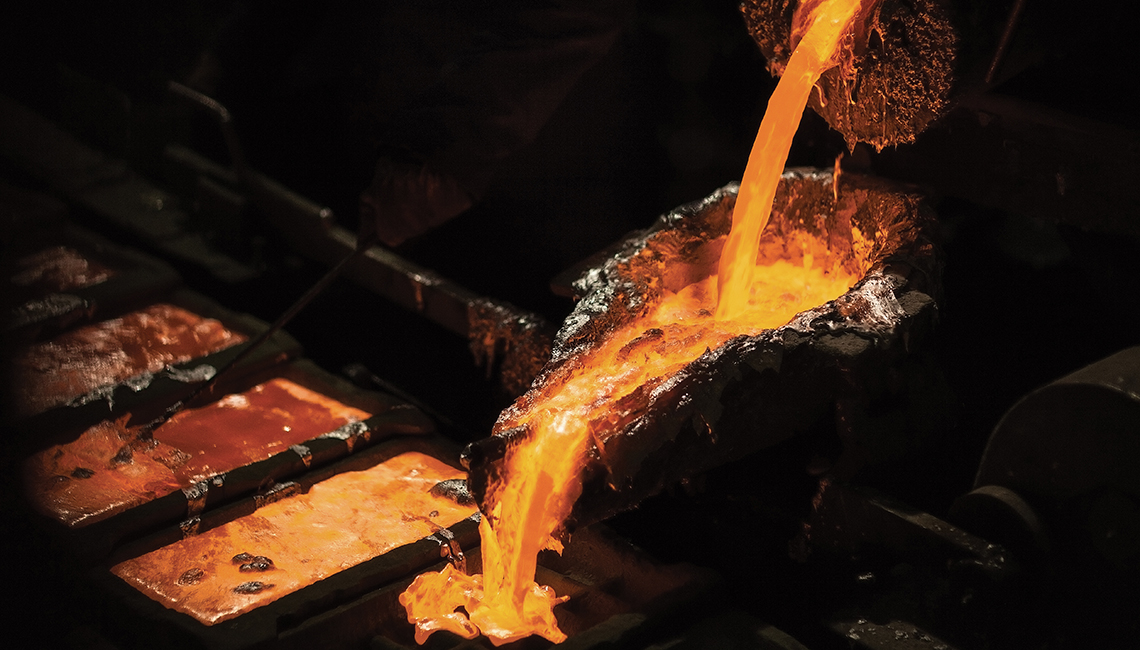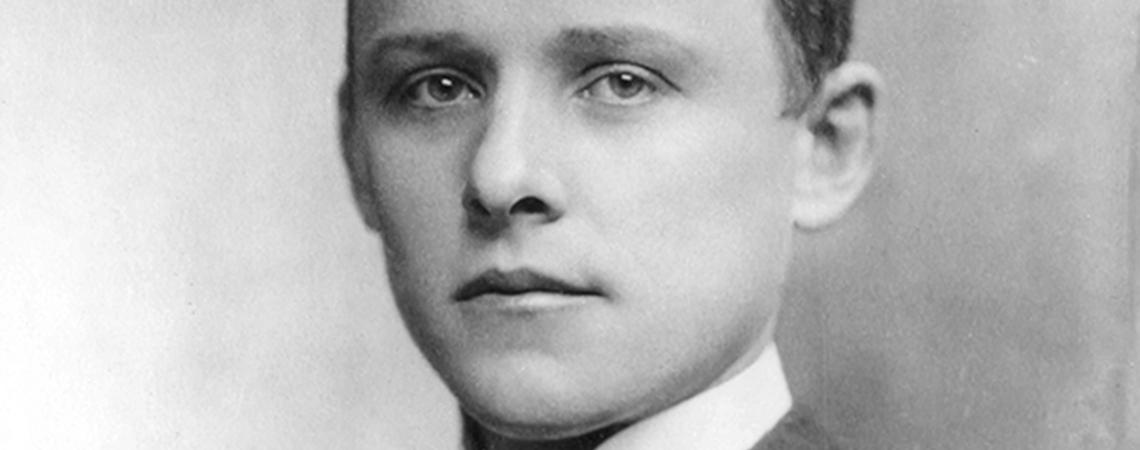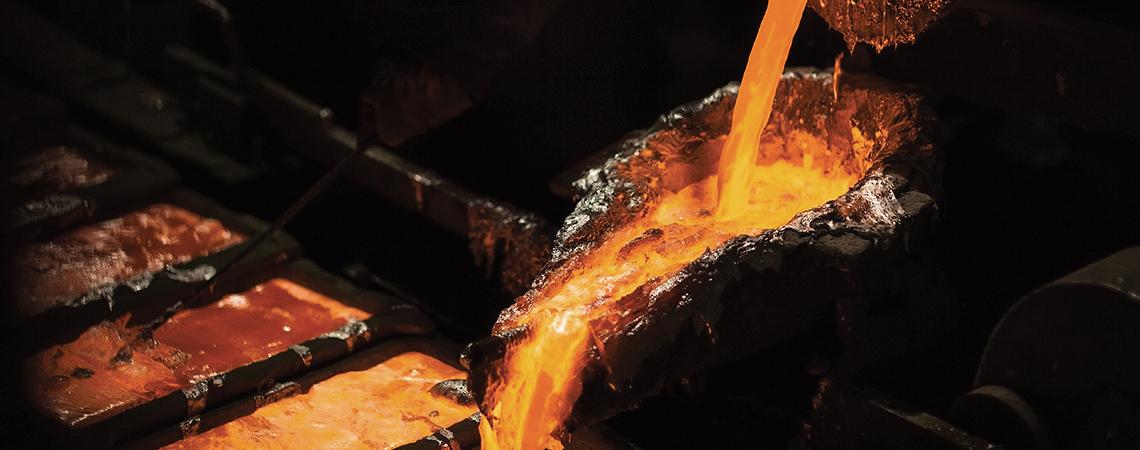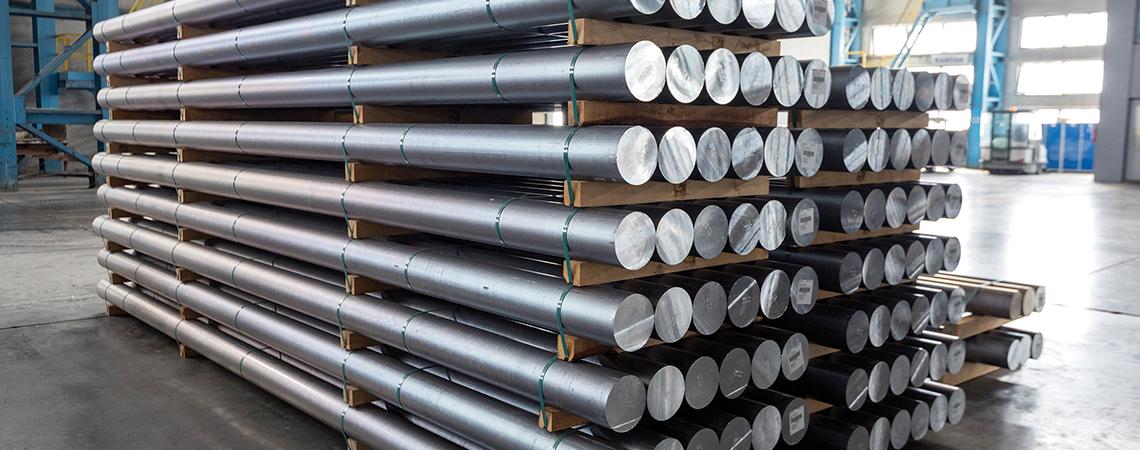Thompson, Ohio, native Charles Hall discovered by experimentation the process that reduces aluminum from its ore to the malleable metal that swaddles your candy or can be put to use in any of thousands of ways. It all started in Ohio in February 135 years ago.
What is today a most common metal was, prior to 1886, a semi-precious commodity more expensive than silver. Aluminum does not occur in nature in a metallic form, say, like gold or silver, but it is the third-most-common metal in the world in its ore form, called bauxite. Where there is clay, you can probably find bauxite — it’s that common. Aluminum oxides have long been used to harden clay pots, as evidenced in Persian pottery. It’s found in ancient Egyptian cosmetics and medicines. In more modern times, the metal was commonly used in lighting rods for fire prevention, given the ease at which it conducts electricity.
Charles Hall
In fact, a 6-pound, 9-inch pyramid of aluminum was set atop the Washington Monument in 1884 just for that purpose. The cost of that pyramid is unknown, but had it been constructed two years later, its cost would have been far less: Reducing aluminum’s ore to a metal was labor-intensive and expensive before a 23-year-old Hall — working in a shed in his parents’ Oberlin backyard — happened upon what is now called the Hall method for reducing globs of ore to metal by applying electric current.
Hall was in the spring of life during the Civil War. He was one of eight siblings, the son of parents engaged in the ministry. At the outbreak of the war, the family returned from a foreign mission in Jamaica to Thompson, and there, Charles was born. He came of age at a time of rapid change in science, and his innovation in metallurgy fell in that milieu. Charles Hall became interested in chemistry as a boy, spurred by his father’s books on the subject. He entered Oberlin College at age 16 and eventually intersected with a professor of chemistry, Frank Jewett, who mentored the young student.
Hall and Jewett experimented in the professor’s lab with aluminum reduction using heat and electricity, but met with no great success. After graduation, Hall continued his experiments in an outbuilding behind his parents’ home. With a small furnace that produced high heat, an elaborate array of batteries, and much trial and error, Hall eventually extracted the lightweight metal from an admixture of salts and clays.
The discovery created an entirely new industry. Hall secured a patent, and he went from an Oberlin shed to a nearby mecca of metal reduction: Pittsburgh. The then 25-year-old chemist secured financial backing to produce aluminum on an industrial scale. His Pittsburgh Reduction Company got off the ground and found new markets for the newly affordable metal. The ease of Hall’s reduction method dropped the price of aluminum like, well, an aluminum ingot sinks in a pond.
Hall’s Pittsburgh Reduction Company in 1907 became the Aluminum Company of America, perhaps better known as ALCOA, and he became a wealthy man and philanthropist. Hall died in 1914, unmarried and without children. He left vast amounts of money to charity.
Inexpensive aluminum found its use in electrical transmission, cookware, machinery, and aircraft. Aluminum was the primary structural component of a new U.S. Navy rigid airship endeavor in 1922 and would frame countless aircraft during the Second World War.
Charles Hall is remembered not in bronze, but aluminum, on the Oberlin College campus. His likeness looks contemplatively at an aluminum globule and holds a chemistry book — memorializing a man with an inventive mind and a heart for charity.












